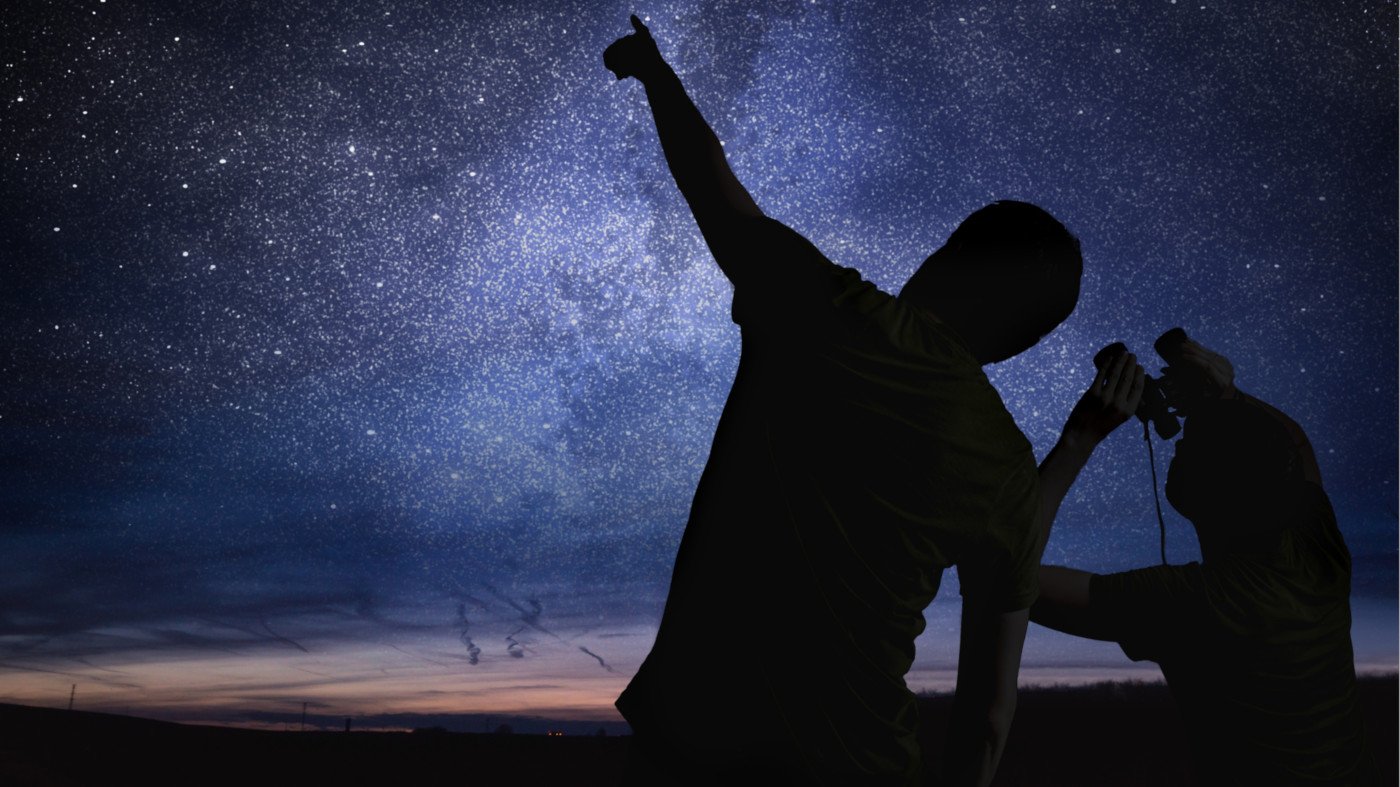Fascinating astronomy
Galaxies, nebulae, star clusters and our own solar system: how you too can experience the "wow effect”.

Anyone who has found themselves outside the city in the countryside, or maybe even on a high mountain on a clear night, and turned their head to the sky will understand it. The reason why many of us have taken up the fascinating hobby that is astronomy. Thousands of stars emerge and twinkle at you from thousands of light years away. And we try to comprehend this awe-inspiring natural wonder.
Sometimes it's cold, and the wind is whistling around your ears, but the fascination draws you into another world and allows you to forget reality for a while.
As if it were a foreign place that you are now getting to know.
At first, the stars appear to be in hopeless confusion, it seems like there is only chaos up there. But as you take a deeper interest in it, it's like being in an unfamiliar place where at first you needed a map to find your way around, but now it’s totally familiar. Suddenly, you can see bears, lions, winged horses, hunters, hares and swans. These are all constellations: groups of stars that depict the shape of certain figures or animals. After you have satisfied your initial thirst for knowledge, you'll usually get hungry for more. To do this, you have to boost the performance of your own eye with artificial means.
These are amateur astronomers
Once dusk falls on a clear day, and the sky fades from dark blue into a deep black, they make a start. People who eagerly wait for the night and then, weighed down by seemingly strange instruments, set off to secure a place under the open skies.
They usually hold red torches in their hands, because they abhor bright white lights. For good reason! Then they set up their instruments and point them almost vertically at the sky. Next, they move these devices to certain positions and peer through them. These devices are telescopes. Most of the time, these people are still and don't talk much while observing. You may even be able to make out the rustling of the wind in the trees, but occasionally you’ll hear an excited shout when one of these amateur astronomers catches sight of a particularly beautiful celestial object. These people all enjoy star-gazing as a hobby and are thoroughly obsessed with the subject.
This is how many people have become amateur astronomers
At some point, they all started to develop an interest in astronomy. First, they observed with the naked eye, and tried to make out the Big Dipper and other well-known constellations. These were the first steps before they actually decided to pursue astronomy as a hobby. Then came the desire for a telescope: an optical tool that allows them to see not only the stars, but also the objects in between.
All the galaxies, planetary nebulae, emission nebulae, supernova remnants or the objects in our solar system. But almost everyone is faced with a huge choice of telescopes, and the question is which is the right one to buy. There are the various advantages and disadvantages of the wide variety of telescopes to consider. Orientation is needed in order to keep an overview in this maze of possibilities.
We would like to help you find the right path for you by providing you with some information on various telescope systems, accessories and observing on the following pages.
We hope you enjoy reading and observing.


